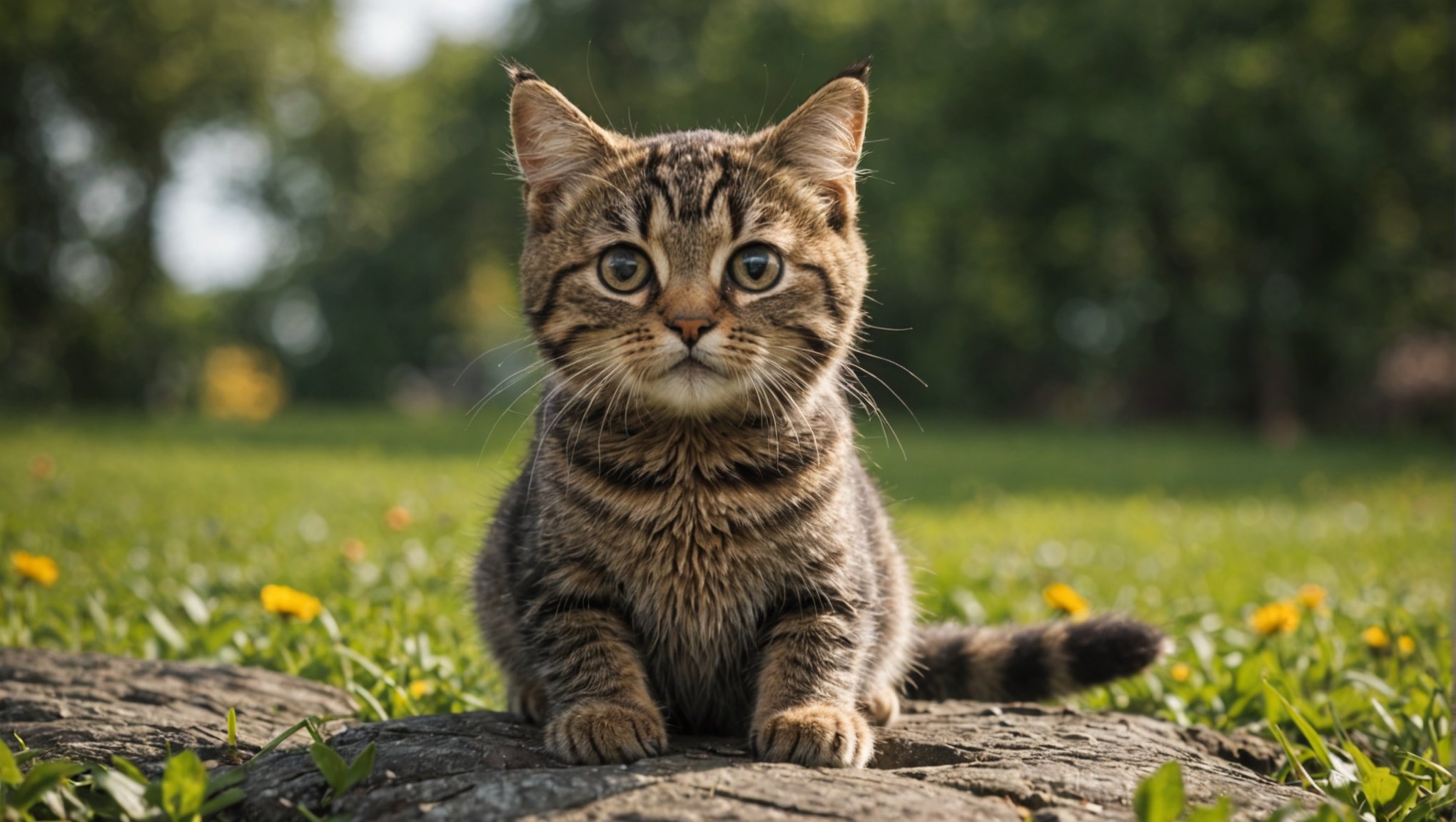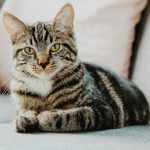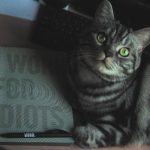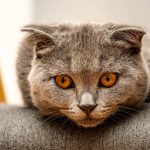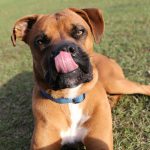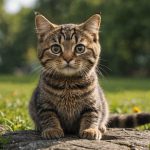Is your cat struggling with their weight? Identifying whether your feline friend is overweight is not just about aesthetics; it significantly impacts their overall health and wellbeing. This guide provides practical steps to assess your cat’s weight accurately and implement an effective weight loss plan. With care and consistency, you can help your cat lead a healthier, happier life. Discover actionable insights that transform your approach to your pet’s weight management journey!
Understanding Cat Obesity
Cat obesity is a growing concern among pet owners, with an increasing number of overweight cats observed in households. This condition is not merely an aesthetic issue; it poses significant health risks for our feline companions. Obesity in cats can lead to a myriad of health complications, including diabetes, arthritis, and heart disease. These conditions not only affect a cat’s quality of life but can also shorten their lifespan significantly.
A lire aussi : Essential Tips for Seamlessly Introducing a New Cat to Your Existing Cat Colony
The prevalence of cat obesity is largely attributed to overfeeding and lack of exercise. Many cat owners are unaware of the appropriate portion sizes or the necessity for regular physical activity, contributing to their pets becoming overweight. It’s crucial to understand that maintaining a healthy weight is vital for a cat’s overall well-being.
Health risks associated with overweight cats extend beyond physical ailments. Behavioural changes such as lethargy and decreased interest in play can also occur, impacting the bond between pet and owner. To combat this, pet owners should focus on balanced diets and engaging their cats in playful activities. Recognising the signs of obesity early and taking proactive measures can help ensure that cats lead healthier, happier lives.
Dans le meme genre : Essential Guide to Administering Subcutaneous Fluids at Home for Cats with Chronic Kidney Disease
Assessing Your Cat’s Weight
Understanding your cat’s weight is crucial for maintaining their health. Visual assessment is a simple method to start with. Look for a visible waistline and feel for ribs without pressing too hard. If these are not easily observable, your cat may be overweight.
Body Condition Scoring
Body condition scoring (BCS) is a more structured approach. This system uses a scale, typically from 1 to 9, to evaluate your cat’s body fat. A score of 4-5 indicates an ideal weight, while higher scores suggest obesity. Familiarising yourself with this scale can help you monitor changes over time.
Tools and Resources
For a more accurate assessment, consider using tools such as a pet scale. Regular weigh-ins can be helpful, especially when combined with BCS. Many veterinary clinics offer resources and guidance on maintaining a healthy weight for your cat. Additionally, online tools and apps can assist in tracking your pet’s progress.
By employing these methods, you can ensure your cat remains in optimal health. Regular assessments allow for early detection of weight issues, enabling timely interventions to prevent obesity-related health problems.
Creating a Weight Loss Plan
Developing a personalised cat weight loss plan is essential for addressing obesity. Start by consulting your veterinarian to tailor a strategy that suits your cat’s specific needs. This plan should encompass both dietary changes and exercise strategies to ensure effectiveness.
Dietary Changes
Adjusting your cat’s diet plays a pivotal role in weight management. Opt for high-protein, low-carbohydrate foods to promote satiety and maintain muscle mass. Measure portions accurately to avoid overfeeding and consider feeding smaller, more frequent meals throughout the day. Transitioning to a specialised weight management formula can also be beneficial.
Exercise Strategies
Incorporating regular physical activity is crucial for successful weight loss. Encourage your cat to engage in play with toys that stimulate their natural hunting instincts, such as feather wands or laser pointers. Introduce interactive feeders to make mealtime more engaging and physically demanding. Aim for short, frequent play sessions to keep your cat active without overwhelming them.
By implementing a comprehensive weight loss plan that includes both dietary adjustments and exercise, you can help your cat achieve a healthier weight. Regular monitoring and adjustments to the plan, as needed, will ensure continued progress and prevent obesity-related health issues.
Diet Recommendations for Weight Loss
When addressing a cat’s diet for weight loss, selecting the right food is crucial. Opt for cat food specifically designed for weight management, which typically contains higher protein and lower carbohydrates. This composition helps maintain muscle mass while reducing fat. Brands often label these as “light” or “weight control” formulas.
Portion Control and Feeding Schedules
Portion control is vital in a weight loss diet. Overfeeding is a common mistake, so measure your cat’s food carefully. Follow the feeding guidelines on the packaging, but adjust based on your cat’s progress and veterinarian advice. Establish a consistent feeding schedule, ideally offering smaller, more frequent meals throughout the day. This approach can help manage hunger and prevent overeating.
Nutritional Supplements
Incorporating nutritional supplements can support your cat’s weight loss journey. Omega-3 fatty acids, for instance, can help reduce inflammation and improve metabolism. However, supplements should be used cautiously and under veterinary guidance to ensure they complement the primary diet without causing imbalances.
By focusing on a tailored weight loss diet, portion control, and potential supplements, you can effectively support your cat’s journey to a healthier weight. Regular consultation with a veterinarian will ensure the diet remains balanced and effective.
Exercise Routines for Overweight Cats
Helping your cat achieve a healthier weight involves incorporating regular cat exercise into their routine. Engaging activities can stimulate physical activity and aid in weight loss.
Engaging Activities
To encourage active play, introduce toys that mimic prey, such as feather wands or balls. These toys tap into your cat’s natural hunting instincts, making exercise enjoyable. Laser pointers can also be effective, but ensure you end the session with a tangible toy to catch, preventing frustration.
Structured Play Schedule
Creating a structured play schedule is essential for consistent weight loss exercise. Aim for multiple short sessions throughout the day, each lasting around 10-15 minutes. This approach prevents fatigue and keeps your cat engaged. Consistency is key, so try to play at the same times each day to establish a routine.
Interactive Toys and Tools
Incorporate interactive toys and tools to make exercise more stimulating. Puzzle feeders and treat-dispensing toys encourage movement while providing mental stimulation. These tools can turn mealtime into a workout, promoting both physical and cognitive health.
By focusing on engaging activities, a structured schedule, and interactive toys, you can effectively incorporate cat exercise into your pet’s routine, supporting their journey to a healthier weight.
Monitoring Progress
To ensure your cat’s weight loss journey is successful, tracking weight loss is essential. Regularly monitoring your cat’s weight helps identify trends and make necessary adjustments to their plan.
Using Charts and Logs
Creating a progress monitoring system with charts and logs can be highly beneficial. Documenting weekly weigh-ins allows you to visualise changes over time. This method not only keeps you informed but also helps in recognising patterns or plateaus that may require intervention.
Adjustments Based on Results
If progress stalls, it might be time to adjust the weight loss plan. Consider modifying portion sizes or increasing the frequency of exercise routines. Consulting with a veterinarian can provide insights into whether these changes are appropriate. Regular assessments ensure that any modifications align with your cat’s health needs, promoting steady and safe weight loss.
By diligently tracking and evaluating your cat’s progress, you can make informed decisions that support their journey to a healthier weight. Regular monitoring and timely adjustments are crucial for achieving and maintaining optimal health.
Health Risks of Obesity in Cats
Understanding the obesity health risks for cats is crucial for their long-term well-being. Overweight cats are prone to several serious health issues that can significantly impact their quality of life.
One major concern is diabetes mellitus, a condition that affects a cat’s ability to regulate blood sugar levels. Obesity increases insulin resistance, making diabetes more likely. Additionally, feline health concerns such as arthritis are prevalent in overweight cats due to the extra strain on their joints, leading to pain and decreased mobility. Heart disease is another risk, as excess weight can strain the cardiovascular system, increasing the likelihood of heart-related issues.
The long-term effects of being overweight can drastically shorten a cat’s lifespan. Obesity-related conditions often lead to chronic health problems that require ongoing management and can reduce life expectancy.
Pet owners should be vigilant for signs indicating obesity-related health problems, such as difficulty breathing, reduced activity levels, and behavioral changes like irritability or lethargy. Recognising these signs early can facilitate timely intervention and management.
By understanding these health risks, pet owners can take proactive steps to prevent obesity and ensure their feline companions enjoy a healthier, longer life.
Success Stories and Motivation
Hearing about cat weight loss success stories can be incredibly motivating for pet owners facing similar challenges. Many owners have shared inspiring tales of their cats shedding excess pounds and regaining vitality. For example, one cat named Whiskers managed to lose a significant amount of weight through a combination of a tailored diet and consistent play sessions. This transformation not only improved Whiskers’ health but also strengthened the bond with his owner.
Pet owner motivation is crucial in maintaining a weight loss regimen for cats. Owners often find success by setting small, achievable goals and celebrating each milestone. Keeping a photo diary of progress can serve as a powerful visual reminder of how far your cat has come. Engaging with online communities and forums can also provide encouragement and practical advice.
Community resources and support play a vital role in sustaining motivation. Many local animal shelters and veterinary clinics offer weight management workshops and support groups. These resources can provide valuable guidance and foster a sense of camaraderie among pet owners. By connecting with others who share similar experiences, you can find the encouragement needed to continue your cat’s journey to a healthier weight.
Additional Resources and Support
Navigating the journey to a healthier weight for your cat can be challenging, but numerous cat health resources are available to assist you. Recommended books such as “Your Cat’s Weight Loss Plan: A Guide to Healthy Living” provide comprehensive insights into managing feline obesity. Websites like the Feline Nutrition Foundation offer valuable information and advice on maintaining your cat’s ideal weight. Additionally, educational videos can be a practical tool for visual learners, demonstrating effective techniques for engaging your cat in physical activities.
Veterinary Support
Veterinarians play a crucial role in weight management for cats. They can provide tailored advice and monitor your pet’s progress, ensuring the weight loss plan is safe and effective. Regular check-ups with your vet can help identify any underlying health issues contributing to weight gain, allowing for timely intervention. Veterinarians can also recommend specialised diets and supplements to support your cat’s health.
Support Groups and Forums
Joining support groups and forums can offer a sense of community and encouragement. These platforms allow you to connect with other cat owners facing similar challenges, sharing experiences and practical tips. Engaging with these communities can provide emotional support and motivation, making the weight loss journey more manageable.

